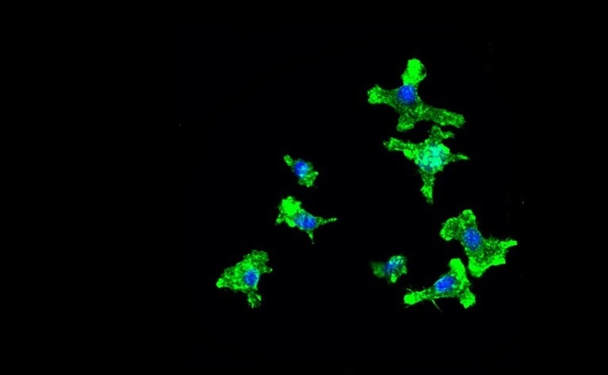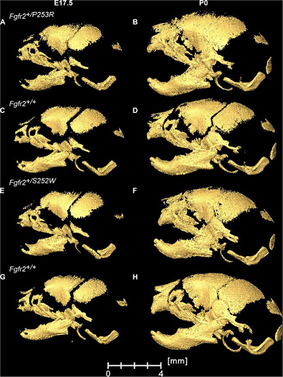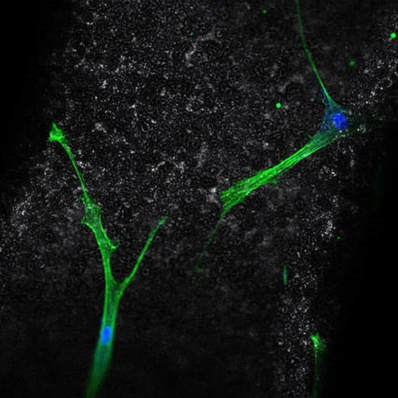Role of Immune Cells in Bone HealingWhen a material is implanted into the body, cells of the immune system will be the first to interact and determine the fate of the implant. We study the contribution of immune cells to the healing process and how their secreted products regulate inflammation, stem cell recruitment, and ultimately tissue regeneration. Our work will aid the field of immunoengineering by finding novel approaches to improve our bodies’ ability to integrate different biomaterials, regardless of a patient’s health. Craniofacial DevelopmentElectronic Cigarettes and Development: Smoking e-cigarettes during pregnancy can affect craniofacial development similar to tobacco smoking. We are currently modeling the embryo developmental effects in frog and mouse model systems with respect to various e-cigarette aerosol mixtures. Our overall goal is to investigate the effects of e-cigarette aerosol mixtures on craniofacial development. Craniosynostosis: Every year 1 in approximately 2,500 babies are born with Craniosynostosis, an early event of cranial suture fusion impacting development of the skull. Our interest lies within cases of non-inherited "nonsyndromic" manifestations of the condition which are attributed to a variety of developmental events involving: cell signaling networks, environmental factors, and even mechanical forces. We utilize high throughput gene expression analyses in hopes to better understand potential mechanisms involved. |
Environmental Impact on Biomaterial IntegrationOur lab is investigating the effects of medications on bone formation, remodeling, and signaling. We hope to further elucidate metallic substrate interactions involved in orthopedic and dental implants. Examining the effects of chronic drug use on titanium implant osseointegration will allow us to study disease state models and gather knowledge for potential therapeutic modalities. Hydrogel StiffnessBy using established stiffness levels of polyacrylamide gels we are able to access the role of stiffness in immune cell activation and migration. Binding ECM proteins to the surfaces has allowed for the comparison between effect of stiffness and protein binding by the cells. Thus far, protein binding has shown the strongest ability to modulate macrophage activation when considered in physiologic stiffness ranges. Implant Surface CharacteristicsTitanium was previously thought to be inert or to elicit no specific cell response when implanted into the body. Studies from our lab have found changes in surface properties to modulate cell response from osteoblasts, stem cells, and macrophages. By using the same material and only modifying surface topography, we can determine the effect of microroughness independent of changes in the chemical make-up of the material. |





